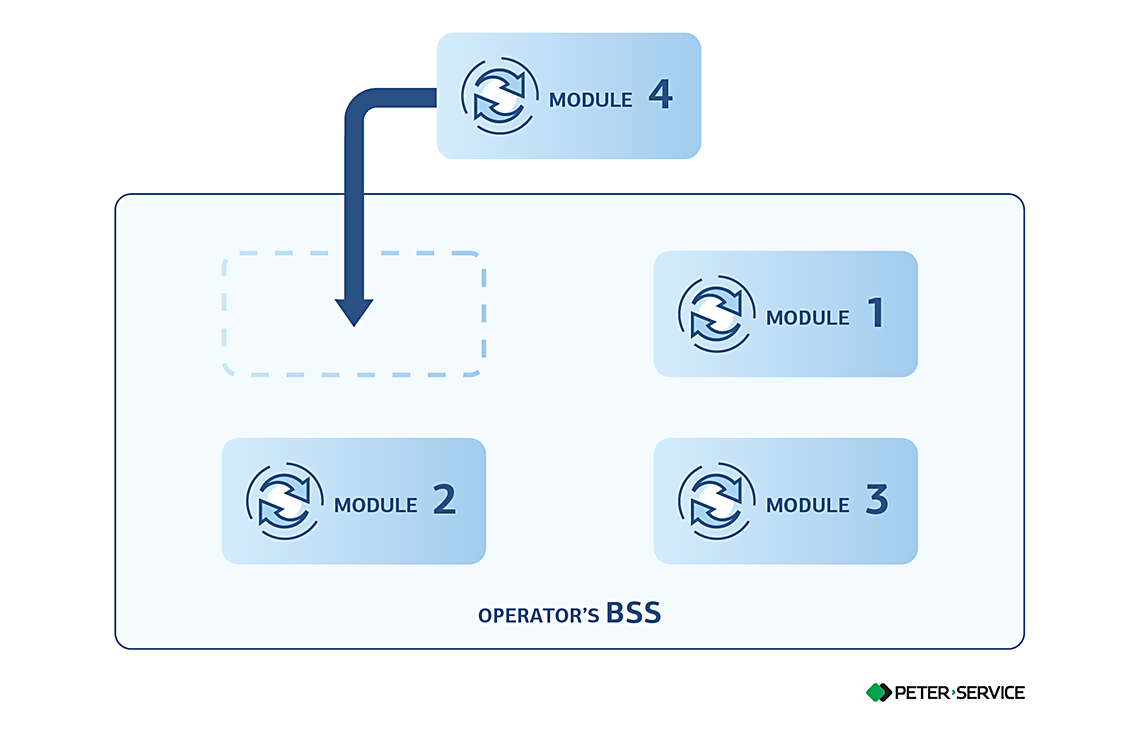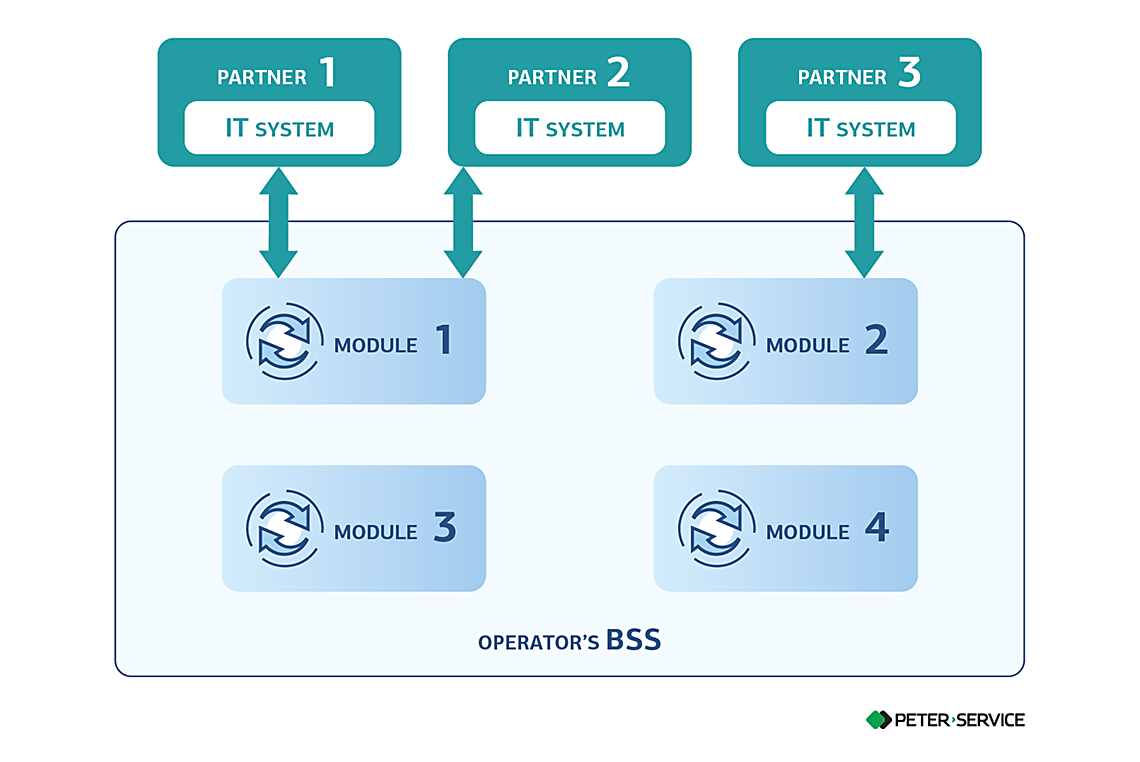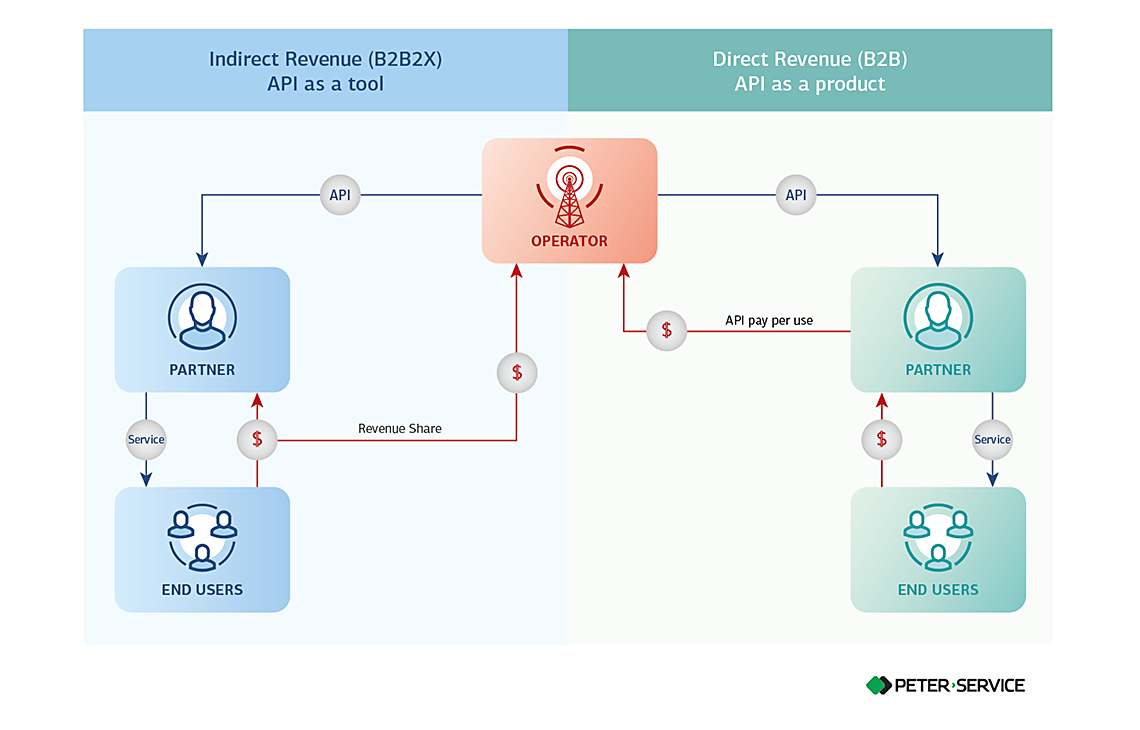Open API: a digital platform enabler
How to win the digital race using APIs?
Open application programming interfaces (open APIs) have been around for quite a while. No longer simply an infrastructure element, in the digital transformation age they are becoming a key part of the platform economy.
Open APIs provide the foundation on which a digital ecosystem is built, ensuring its integrity and putting together the various elements inside and outside of a service provider’s digital platform.

With its modular approach and a huge variety of digital services it can be used to launch and deliver, the API protocol implements the two main features of the platform business model.
Leveraging the benefits of the modular architecture
What is most important about an open API is that it enables integration between applications within a system and ensures they can interact with each other smoothly. Even for an operator who runs a BSS consisting of same-vendor products, utilizing an API to stitch together different products can bring definite advantages.

Thanks to it, a monstrous monolithic system is transforming into a suite of seamlessly integrated modules that can be attached and detached safely and hassle-free. Such an approach facilitates development, making the system much more transparent and comprehensible. APIs help avoid duplication of functions and business processes between different applications in a system, enable rapid component integration and simplify complex changes. All this makes the BSS solution more flexible and improves its agility.
Case: Integration between Peter-Service products
Integration between Peter-Service products is provided by OPENAPI_ESB, a solution implementing a manageable fully documented extensible API. For example, OPENAPI_ESB enables a customer service portal to connect to a database, product catalog and CRM system.
An open API is especially important for best-of-breed approach adopters who have a multi-vendor infrastructure. For them, the open API is a way of ensuring seamless rapid integration of products delivered by different vendors into a single business system.
Case: Integration between Peter-Service products and third-party solutions
For instance, OPENAPI_ESB enables Peter-Service BSS to interact with a marketing communications system of another vendor. Thanks to it, the operator can add advertising content to USSD messages and have it sent to subscribers.
In addition, OPENAPI_ESB provides integration between Peter-Service solutions and ERP systems (SAP, 1C, AXAPTA, etc.)
Launching digital services
Digital services are the area where the enormous potential of open APIs as a digital economy enabler looks most promising. An open API turns a telecom operator’s system into an open digital platform capable of creating around it an ecosystem of partners. By becoming central to the creation and delivery of digital services, the operator not only survives in the digital transformation race but takes the lead in it and becomes a crucially important player.
How does this happen?

Open APIs make the operator’s system available to partners, letting them connect to it easily and develop services by using its functionality and data. The operator chooses which features should be available to external consumers and has full control over how they are used. However, the system’s immensely complex backend remains invisible to the partners.
As a result, the platform can accommodate any partners of the operator, including dealers, developers, content providers and retail outlets, who can help ensure rapid rollout of new services.
Case: Mobile payments
Peter-Service OPENAPI implements a mobile payment service that allows subscribers to use their mobile accounts to pay for things or services they buy. The open API connects the Peter-Service system to a payment gateway (PG), a master system responsible for mobile payments and transfers. The PG redirects subscribers’ payment requests to the billing system. Next, the PG uses the open API to ensure that all of the predefined conditions and restrictions are met and transfers the money to the product seller or service provider’s bank account.
An open API as a product
In order to make the functionality of its network available to third-party consumers via an API, the operator has not only to develop the API itself but also to build a complete API system, including the API creation and management functions, a fully documented portal for partners, SDK, self-service and analytics capabilities and, needless to say, API monetization schemes. Given that operator’s systems should be available to multiple partners, security becomes a crucial risk that has to be managed properly.

Such an API platform opens up not one but two approaches to revenue generation. With the first approach, new digital services developed together with partners become a source of shared revenue.
The second option is to sell the open API as a product, in which case partners pay directly to the operator for the use of the operator’s API.
Conclusion
Open APIs are a driver of the digital platform economy and one of the key strategic assets of companies on their path to digital transformation.
With open APIs, telecom operators can leave behind the traditional business model and value chain in order to adopt the B2B2X model and deliver digital services to any number of users of any kind.
By deploying open APIs, a CSP can:
- Make its system more flexible and agile as well as easier to develop and useImplement a microservice architecture
- Provide seamless integration with other vendors’ solutions
- Reduce the cost of and ensure faster time-to-market for new services and products
- Quickly launch its own digital services and provide integration with any partners, creating a wide network of partnerships
- Tap into new sources of revenue
Stay connected!